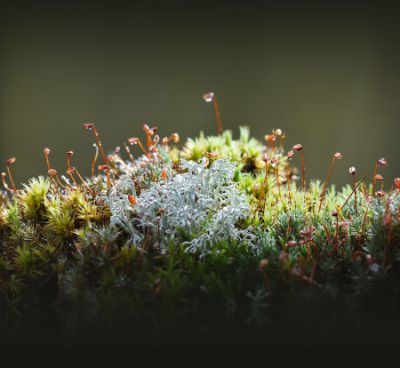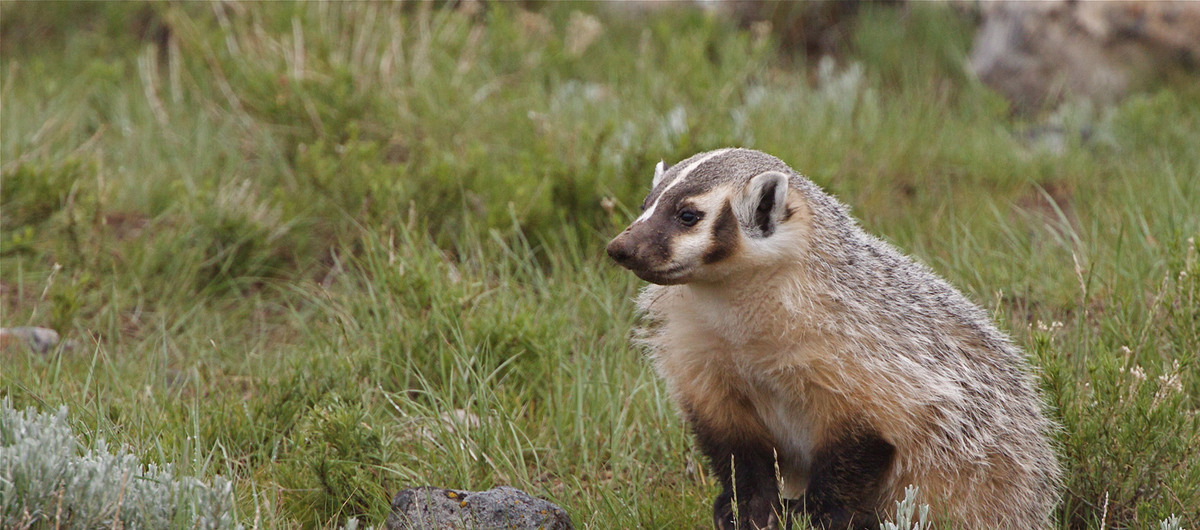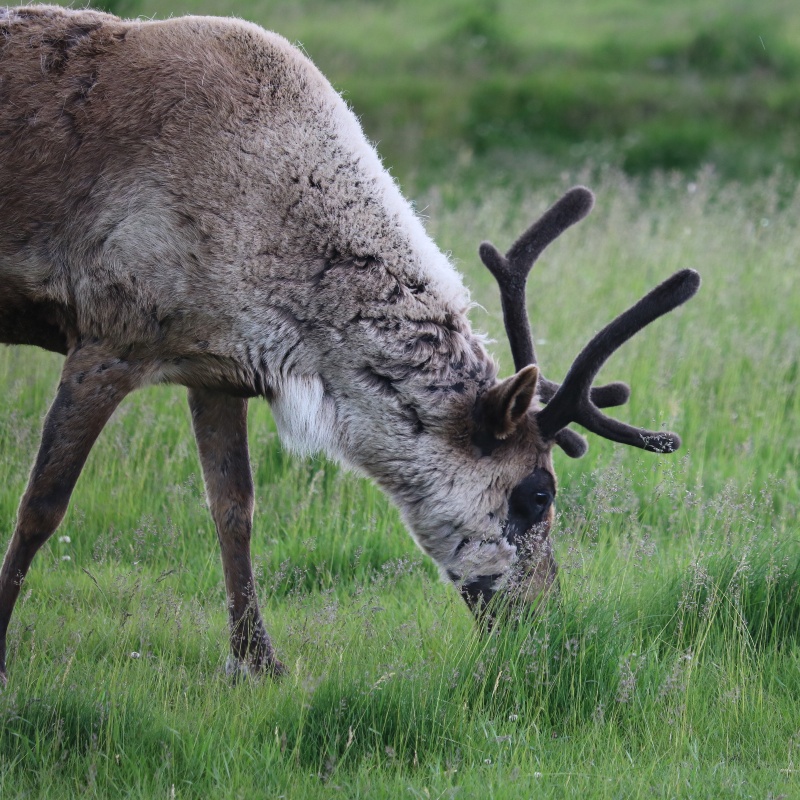
Caribou Habitat Restoration Monitoring
Categories: Monitoring
Status: In Progress
About the Project
Alberta’s Woodland Caribou populations are rapidly declining, driven largely by habitat alteration and climate change (ECCC, 2020). Predation, exacerbated by human-induced changes to the landscape, is a contributing factor to these declines. Decades of industrial activity in the boreal forest have created a network of legacy seismic lines that increase predator hunting efficiency and access into caribou ranges (Dickie et al. 2017; DeMars & Boutin 2018). In response to these declines, the federal recovery strategy for Woodland Caribou identifies habitat restoration and protection as key measures for recovery (ECCC, 2020). Supporting this strategy, the provincial Caribou Habitat Recovery Program (CHRP) is working to assess and restore legacy seismic lines across the province.
As restoration treatments are implemented in Alberta’s caribou ranges, long-term monitoring plays a critical role in supporting continual improvement and ensuring treatments are responsive over time. Measurable effects on caribou may take years, if not decades, to emerge, highlighting the importance of a long-term monitoring program to evaluate outcomes and guide adaptive management. In 2024, the Alberta Biodiversity Monitoring Institute (ABMI) partnered with Alberta Environment and Protected Areas (EPA) to initiate an independent, science-based monitoring program to evaluate restoration efforts on legacy seismic lines in caribou habitat. A variety of treatments are being applied across different caribou ranges, tailored to local site conditions and site limiting factors. Restoration treatments are designed to accelerate forest regeneration, reduce predator efficiency, and limit human access, with an overarching goal of contributing to self-sustaining caribou populations.
Recognizing the cultural and ecological significance of caribou to Indigenous communities, active collaborations are being established with Indigenous partners to identify and pursue opportunities for meaningful partnerships in caribou restoration monitoring efforts. This includes working with communities on monitoring programs within or adjacent to their traditional territories.
Project Collaborators
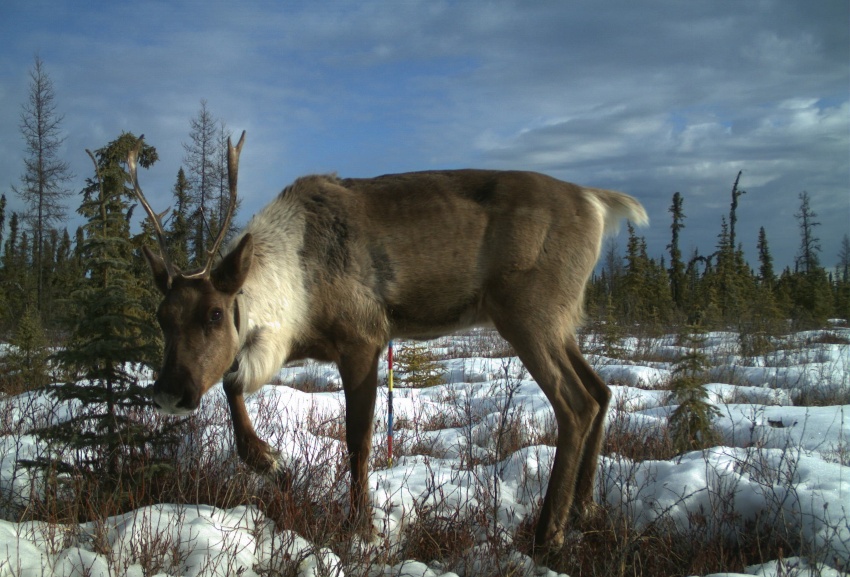
Our Approach
Guided by the Provincial Restoration and Establishment Framework for Legacy Seismic Lines in Alberta (Government of Alberta, 2018), we are implementing a scientifically robust, long-term monitoring program to assess restoration success. This monitoring framework is designed to be iterative, allowing for adaptation and refinement as restoration and caribou habitat knowledge, technologies or management priorities evolve.
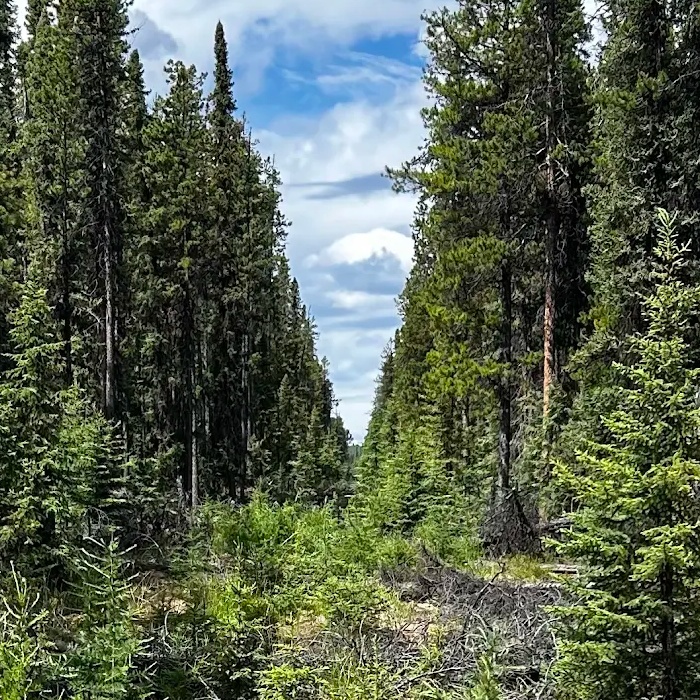
Photo: Sarah Kristoff
Restoration monitoring currently has three key components:
- Treatment Quality Surveys - Conducted during treatment implementation, these ground-based surveys assess quality control criteria for the different treatments, including site preparation (e.g., mounding, screefing, ripping), line deactivation (e.g., tree felling, berms), and planting/seeding.
- Survival Assessment Surveys - Conducted 2-5 years post-treatment, these surveys evaluate early signs of treatment success or failure by evaluating seedling survival and human and wildlife use. Data are collected through ground-based sampling plots, using a stratified sampling design to improve monitoring efficiency.
- Establishment Surveys - Completed 8-10 years post-treatment to assess whether vegetation is on a desirable trajectory towards regeneration and to evaluate progress in reducing human access concerns and wildlife movement on treated lines. These surveys combine ground-based data collection with remote sensing technologies to efficiently monitor treatments across broad spatial scales.
By revisiting the same sites throughout the monitoring program, we can link changes in vegetation, wildlife behavior, and human use to specific restoration treatments, providing insight into which strategies are most effective under varying site conditions.
ABMI, in collaboration with the Environment and Protected Areas, is building relationships with Indigenous communities interested in supporting long-term monitoring of caribou habitat restoration work. We aim to strengthen community involvement by offering training and opportunities in fieldwork, geospatial skills, data management, and internships. These programs are grounded in the Restoration and Establishment Framework and designed to support meaningful involvement, capacity building, knowledge sharing, and long-term stewardship.
Project Impact
This monitoring program provides essential information on what restoration approaches are most effective and where. The results will help guide Alberta’s efforts to recover caribou habitat, and ultimately caribou populations, while advancing knowledge on large-scale habitat restoration in Canada.
A long-term goal of our capacity-building efforts is to support the development of Indigenous-led monitoring programs. These initiatives reflect community priorities and build on local knowledge and stewardship—helping to strengthen roles in tracking restoration progress and caring for the land over time.

Photo: Sarah Kristoff
- DeMars, C., & Boutin, S. (2018). Nowhere to hide: Effects of linear features on predator–prey dynamics in a large mammal system. Journal of Animal Ecology, 87(1), 274–284. https://doi.org/10.1111/1365-2656.12760
- Dickie, M., Serrouya, R., McNay, R. S., & Boutin, S. (2017). Faster and farther: Wolf movement on linear features and implications for hunting behaviour. Journal of Applied Ecology, 54(1), 253–263. https://doi.org/10.1111/1365-2664.12732
- Environment and Climate Change Canada. (2020). Amended recovery strategy for the Woodland Caribou (Rangifer tarandus caribou), Boreal population, in Canada. Species at Risk Act Recovery Strategy Series. Environment and Climate Change Canada, Ottawa. xiii + 143pp. https://wildlife-species.canada.ca/species-risk-registry/virtual_sara/files/plans/Rs-CaribouBorealeAmdMod-v01-2020Dec-Eng.pdf
- Government of Alberta. (2018). Restoration and Establishment Framework. Prepared for Alberta Environment and Parks, Land and Environment Planning Branch, Edmonton, Alberta. xii + 70 pp.
This project monitors rare animals in Alberta’s Lower Athabasca region.
The 'Almanac of Alberta Acari' series are compendiums of information on the known mites in Alberta, including collection records, keys, illustrations, and ecological information.
Citizen Science involves research collaborations between scientists and members of the general public, with the goal of expanding opportunities for data collection and improving access to data for community members.

